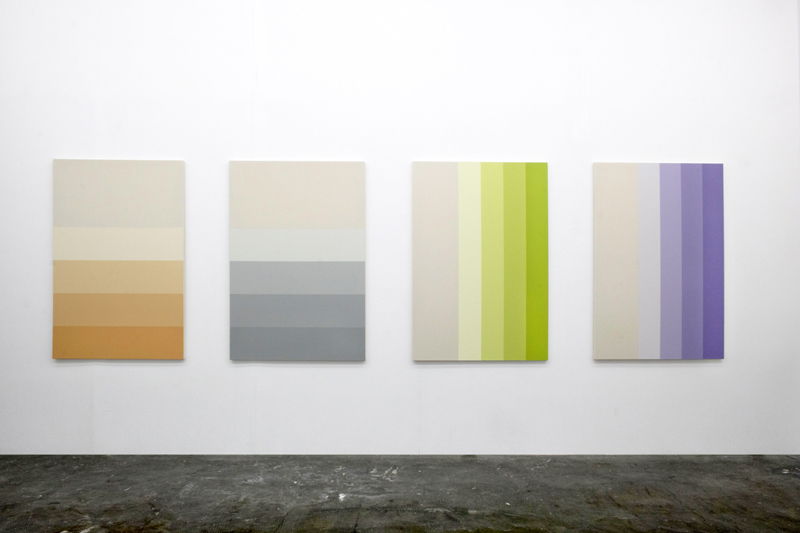Overview
"Jin Sei Shi Mei"
- To reach the truth of destiny by delving deeply into the reason of the world and the nature of man -- Park Doo-Young by Shigeo Chiba (Art Critic)
Korean contemporary art began in Daegu in 1975. It soon spread to Seoul, but it is not well known that it originated in Daegu. Daegu was attracting artists from its surrounding areas and further south (such as Gyeongsangbuk-do and Busan) and became the centre of Korean contemporary art as early as 1970. Even if we only mention artists from Daegu, there are the core artists of the so-called "Dansaekhwa" or "Monochrome Painting Movement" such as Lee Kang-So, Kim Ku-Lim, Choi Byung-So, the video artist Park Hyun-Ki, and later generation artist Kim Ho-Deuk.
Park Doo-Young has always been surrounded by the most cutting edge contemporary art, right from the very beginning. He believes that art is meaningless if you do not strive for true nature. It has already been thirty years since Park's first solo exhibition, and he will shortly be welcoming his sixtieth birthday.
He made an abrupt change in 1980 as he discarded all of his previous ventures and focused entirely on searching for further facets of true nature. He spent around ten years using trial and error, and finally in the beginning of 1990 he came upon the aspect of painting which he continues to this day.
His paintings use two colors such as yellow and blue, red and green and are very simple horizontal or vertical striped works. However, this is neither abstract art, nor minimal art nor conceptual art. Without being patient and paying careful attention to his works it is not possible to reel or understand the depth and nature of Park's intentions or efforts. In just one painting Park has poured in intense amounts of time, energy, emotions and thoughts, therefore it is necessary for the viewer to put in the equivalent effort to fully appreciate his works.
But for better or for worse, it is possible to see the amount of labour and time Park has put in with just a glance at his work - the act of "looking" truly is an astonishing thing.
lf l were to paraphrase, I would say that the originality of Dansaekhwa lies in its transformation of art into a completely new phase, away from a painting being just an "image".
By breaking away from the action of painting itself, removing the materiality and shaping of an artwork, Dansaekhwa became a matter of the mind more than anything else. It is from these elements that Dansaekhwa developed into a never-before-seen, brand-new art form. As a result, although the best Dansaekhwa works maintain their materiality as they are (such as their painted surfaces and the paint itself) without any particular further meaning, the thought and labour behind them still come shining through. So what exactly is it that Park has managed to add to what Dansaekhwa has already achieved?
When simply looking at his works, there is nothing particularly unusual about them, but somehow there is something alluring about them. When considering the reason for this further, the accumulation of activity built up each day by Park becomes noticeable although the visibility of the action of painting itself goes against his objective. Through the act of painting, he is erasing the traces of any actions made on his works. Even though this is not his intention, he has reached a level where he is able to do this. Through expression, he is also erasing any kind of expression in his works. Speaking metaphorically, his actions have transcended to what is close to a kind of enlightenment, though thankfully he still maintains a sense of relaxed relatability. If you take the time to focus on his works, at some point you will suddenly notice that you have become still and quiet, as if in a state of meditation.
When removing oneself from the action of painting and making it a matter of the mind, what is required to connect these two things? The answer to that is exactly what Park Doo-Young has achieved. Though it is not possible to for there to be Just one answer, you cannot help but wonder if this is what the Dansaekhwa artists were (are) ultimately searching for? In conclusion, the state of day-to-day thoughts, day-to-day feelings and day-to-day activities are necessary, while shortcuts and time-saving are contradictory to finding the answer to true nature. Art is honesty.
(Translated by Rosemary Pennells)

